Do you also have these skin problems bothering you? The skin is red, and the face is full of pimples, and in summer, the face is greasy.
Don’t worry, today I recommend a product that can help you solve all the above problems. It is salicin. Of course, the benefits of salicin are more than these. Let’s take a comprehensive look at this product:
- Introduction to White Willow Bark Extract
Source of raw materials:
Weeping willow (Salix babylonica) is a plant of the genus Salix of the Willow family. It is a deciduous tree with a height of 10 to 12 meters. There are long and drooping branches, the lower branches are brown and glabrous, and slightly hairy when they are young. It can be harvested throughout the year and used as bark, called white willow bark.
- Physical properties of salicin from white willow bark extract
Common Name: Salicin
English name :salicin
Other Name: D-Salicin (1.05055); alpha-hydroxy-o-tolyl beta-D-glucopyranoside; 2-(hydroxymethyl)phenyl beta-D-glucopyranoside; White Willow Bark Extract; Salicin
CAS number: 138-52-3
Molecular weight :286.278
Density: 1.5±0.1 g/cm3
Boiling point :549.1±50.0 °C at 760 mmHg
Molecular formula : C13H18O7
Melting point: 196-202 °C
Appearance traits are hygroscopic. Solubility in water: 36 g/L (15°C), 250 g/L (60°C), soluble in pyridine, alkali and glacial acetic acid, almost insoluble in ether and chloroform. The aqueous solution is neutral and has a bitter taste. It is irritating. Density: 1.434 Melting point: 199-202℃
Water solubility 36 g/L (15 ºC), 250 g/L (60 ºC)
Chemical nature
Salicin is white crystal; bitter taste; melting point 199~202℃, specific rotation [α] -45.6° (0.6 g/100 cm3 absolute ethanol); soluble in water, soluble in boiling water, insoluble It is in ethanol (1:90), insoluble in ether or chloroform, but soluble in alkali solution, pyridine or glacial acetic acid. Its aqueous solution shows a neutral reaction, and there is no free phenolic hydroxyl group in the molecule, which belongs to the phenolic glycoside compound. After dilute acid or amygdalinase hydrolysis, glucose and salicyl alcohol can be produced. The molecular formula of salicyl alcohol is C7H8O2; it is an orthorhombic colorless needle crystal; the melting point is 86-87°C; it sublimates when heated to 100°C; it is soluble in water, benzene, and easily soluble in ethanol, ether, and chloroform; it turns red when it meets sulfuric acid.
- White Willow Bark Extract& Salicin Specifications
[Product Name]: White Willow Bark Extract
[Product color]: Brown powder
[Product specifications]: 10%-99% (15% brownish yellow, higher ash content, 25% brownish yellow, higher ash content, 30% yellow, higher ash content, 50% light yellow, higher ash content, 80% off-white , Low ash content, 98% white, low ash content,)
[Product source]: Salix BabylonicaL
[Application Form]: Powder
[Storage time]: 24 months
[Product packaging]: 1kg/bag 25kg/barrel
[Detection method]: HPLC
[Storage method]: Always store in a dry and cool place, avoid sunlight and high temperature.
Fourth, the efficacy of salicin from white willow bark extract and its application in the field of cosmetics
- Treat fever, colds and infections
As a “natural aspirin”, salicin is used to treat mild fever, colds, infections (influenza), acute and chronic rheumatic discomfort, headaches and pain caused by inflammation. Aspirin (acetylsalicylic acid), as a synthetic substitute for salicin, has potentially dangerous gastrointestinal side effects. As its natural configuration, salicin can pass through the gastrointestinal system harmlessly and is converted into salicylic acid in the blood and liver. The conversion process takes several hours, so the result will not be immediately felt by the body, but the general effect will last for several hours.
- Relieve arthritis pain and back pain
Salicin is believed to be the source of white willow bark’s ability to fight inflammation and relieve pain. The analgesic ability of white willow bark usually takes effect more slowly but lasts longer than ordinary aspirin products. An experiment found that a class of herbal compound products containing 100ng salicin can effectively improve the analgesic ability of arthritis patients after two months of continuous consumption. Another test found that intake of 1360 mg of white willow bark extract (containing 240 mg of salicin) daily for two weeks has a better effect on the treatment of joint pain and/or arthritis. Using high-dose white willow bark extract may also help relieve back pain. A four-week trial found that white willow bark extract containing 240 mg of salicin can effectively reduce the deterioration of back pain.
- It can soften the keratin, make it fall off, and enhance the smoothness of the skin.Dealing with acne and acne: It softens the cuticles and reduces pore blockage. It has a goodeffect on puberty acne and acne vulgaris. Dealing with blackheads and keratosis: It can soften and remove the top of the blackhead keratinous sac, and temporarily improve the smoothness of the skin; through keratin shedding, remove the excess keratin around the hairs, relieve keratosis (chicken skin), and improve the quality of the skin. The effect of large pores is not good; skin resurfacing: For medical purposes, a high-concentration solution can cause the epidermis to fall off in a short time, and is used for the treatment of moderate to severe acne and ichthyosis. Whitening: Accelerate the shedding of the stratum corneum, so that the melanin in the keratinocytes will fall off together, revealing a lighter skin tone. Make the skin soft: the stratum corneum becomes thinner and the skin feels softer.
White Willow Bark Extract, the main active ingredient is Salicin. Salicin has aspirin-like properties and is an effective anti-inflammatory ingredient. It is traditionally used to heal wounds and relieve muscle pain. Studies have found that salicin is an inhibitor of NADH oxidase, which has anti-wrinkle effects, increases skin gloss and elasticity, reduces pigmentation, and increases skin moisture. It has anti-aging, exfoliating, and anti-aging effects in cosmetics. The skin care effect of acne.
Active ingredient and dosage: Salicin 0.5%
- Anti-aging
Salicin not only affects the regulation of genes in the skin, but also regulates gene groups related to the biological process of skin aging. These gene groups are called functional “young gene groups”. In addition, salicin plays an important role in the production and maintenance of collagen, one of the key proteins in the skin, so it can increase skin elasticity and achieve anti-wrinkle effects.
- Exfoliating
Salicin has the effect of gently removing dead skin cells on the skin surface, accelerating the shedding of aging skin cells, regulating the physiological activity of the skin stratum corneum, and making the skin uniform and shiny.
- Antibacterial, anti-inflammatory and anti-acne
Salicin has aspirin-like properties and has a certain anti-inflammatory effect, and can be used to relieve facial acne, herpetic inflammation and sunburn.
Precautions:
- It is recommended to use salicin in a neutral environment. Salicylin will be decomposed into salicyl alcohol and oligosaccharides in an acidic environment, and further oxidation of salicyl alcohol will become salicylic acid.
- People who are allergic to salicylic acid are prohibited.
Safety
- White willow bark extract is a cosmetic raw material (the first batch) approved by CFDA (China Food and Drug Administration).
- White willow bark extract is listed in the “International Catalogue of Chinese Names of Cosmetic Ingredient Standards” (2015 edition).
After reading this article, do you have a deeper understanding of salicin? If you have any questions about Salicin, please leave a comment below. If you need to order Salicin products, please send an email to us. After receiving your email, we will contact you as soon as possible.

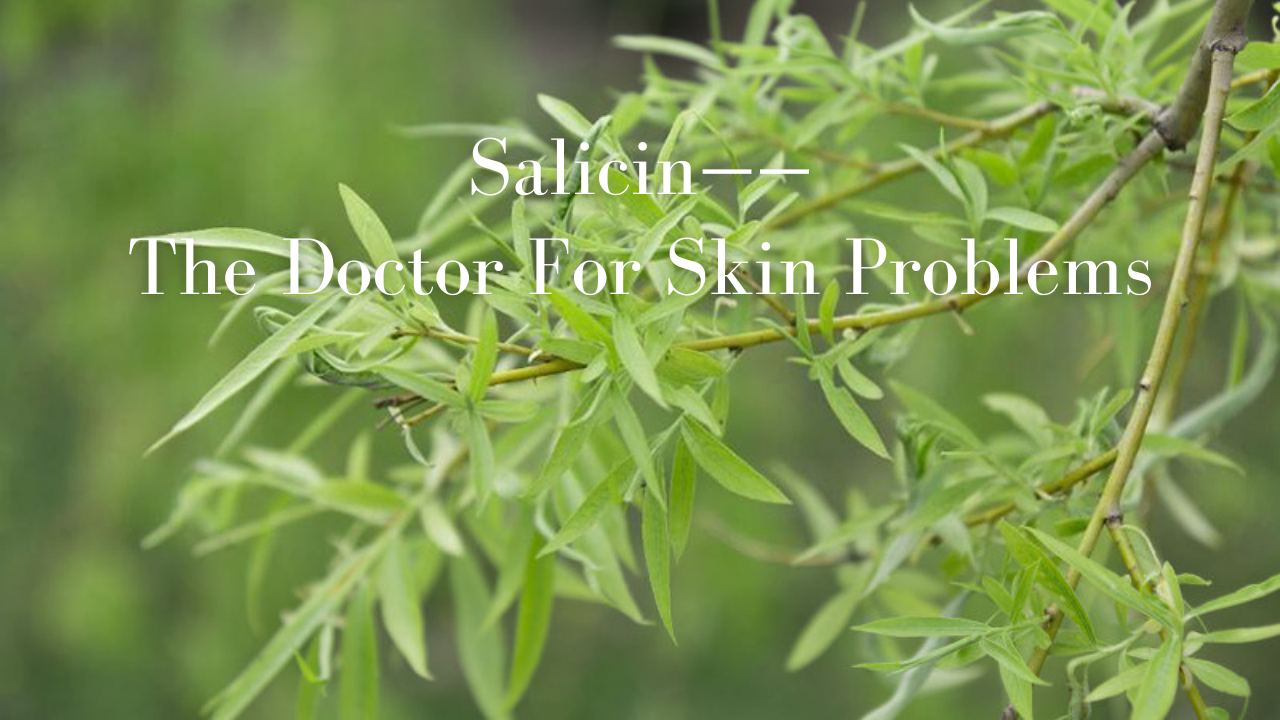
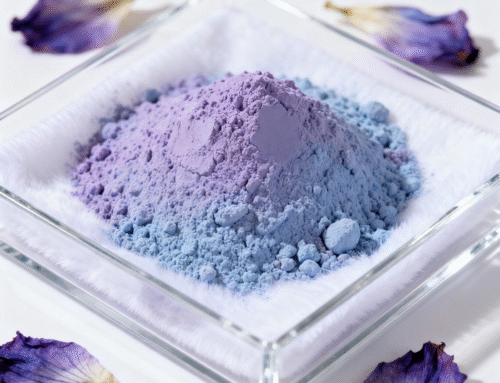
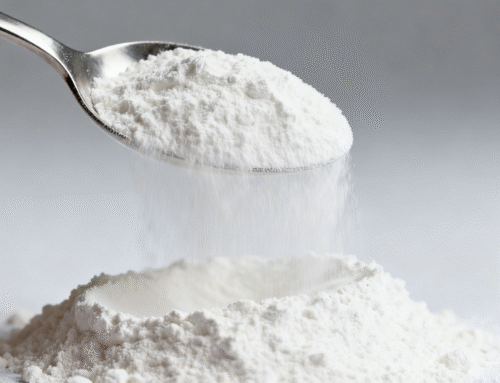
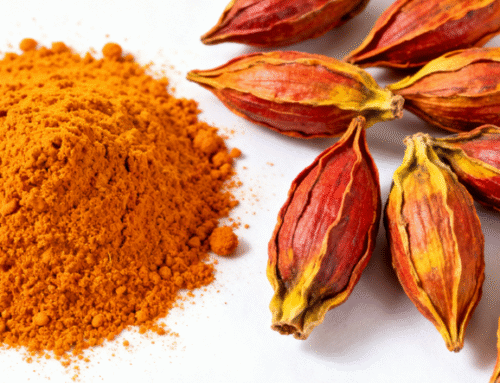
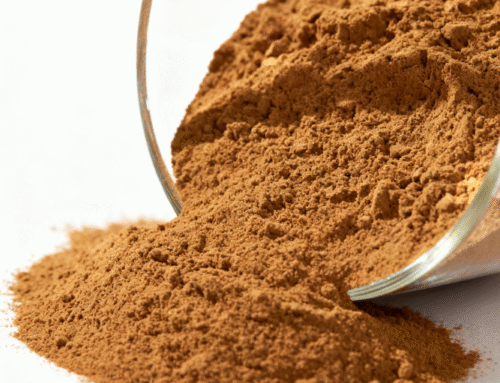
Leave A Comment